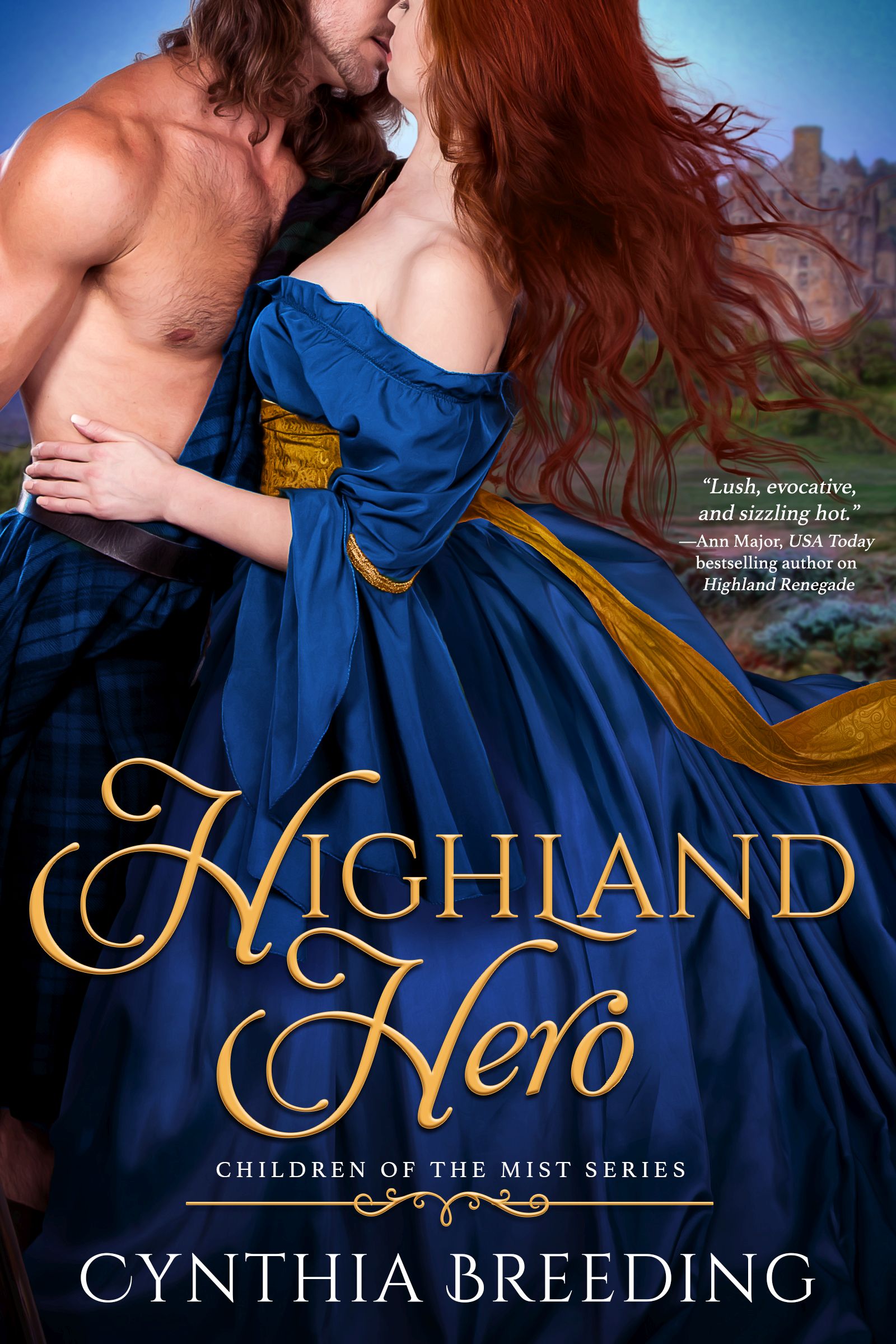 I often hear the comment “I want to write a book someday” from readers. If that’s you—or a friend of yours—here is a guideline as to how I do it.
I often hear the comment “I want to write a book someday” from readers. If that’s you—or a friend of yours—here is a guideline as to how I do it.
Please keep in mind that there is no one correct way to write a novel. Authors tend to find what best works for them through trial and error. While most of us do some form of outline, there are those who only have a general idea of what the story is going to be about before they begin. They’re called “pantsters” since they “fly by the seat of their pants” in producing a novel. Again, whatever works for the individual is fine.
I like to keep in mind something from Steven Covey’s “Seven Habits for Highly Effective People”. The second habit is “Begin with the end in mind”. If you know how your story is going to finish (beyond the HEA), the rest of it can fall into place.
That said, here is what works for me:
Facts: 350 page novel= 90,000 words=20 chapters=4/5 scenes (3-5 pages long).
Need: 20 index cards (5” by 8”)
Label each card upper right corner with “Chapter One”, “Chapter Two” etc.
Top Line: write out the main purpose for this chapter (what is it about?)
Every 3rd line: write “Scene One”, “Scene Two” etc.
Jot down what action will take place in each scene. Use only one character’s Point-of-View (POV) in each scene.
Analysis:
Situation: What is the problem/conflict going to be?
When/where does it take place?
Main Character/Protagonist:
Goal:
How is he/she going to fix the problem?
Barriers to fixing problem:
Internal/personal barriers (either physical or emotional)
External barriers (people, nature, supernatural)
Antagonist (outside force):
Purpose: What motivation to keep protagonist from reaching goal?
Action: What will the antagonist do to keep protagonist from being successful?
Sub-plots: (secondary story-line that interconnects with main plot/characters—optional inclusion)
Black Moment: When protagonist appears about to lose everything
Ending: How will story conclude?
Example: Camelot’s Destiny (My very first book with Kensington and now being reprinted by Prairie Rose Publishing)
Situation: In 6th century Britain, King Arthur has managed to unite the warlords and keep the Saxons from further invasion. Now he must choose a wife and produce an heir.
Main Character: Gwenhwyfar
Goal: Fiercely independent, she wants to run her father’s estate of Cameliard and protect her people from the Saxons.
Barriers: Arthur has chosen her to be his wife and move to Camelot.
Gwenhwyfar finds Arthur arrogant.
Lancelot befriends her and they are mutually attracted.
Antagonist: Ever-present threat of further Saxon invasion (Man vs Society)
Purpose: Saxons want to own the land and control Britain
Action: Continuous battles and problems for Arthur and Gwenhwyfar
Sub-plots:
- Arthur’s sister, Morgana, wants her son, Medraut, to become king. She schemes constantly to make this happen, including attempts to poison/kill Gwenhwyfar
- Medraut falls in love with Gwenhwyfar and hates both Arthur and Lancelot. He plots to bring both of them down and has plans to abduct Gwenhwyfar.
- Elaine of Carbonek sets her cap for Lancelot, seducing him with Morgana’s help, and then forcing him into marriage. Their marriage is a sham.
- Lancelot deals with guilt, despair, and trying to raise his son, Galahad, who is afraid of him, thanks to Elaine.
- Arthur finds himself attracted to the priestess, Nimue, and has a daughter with her, adding to Gwenhwyfar’s resentment.
- Myrddin, with unsolicited and annoying help from the Queen of Faerie, Morgan le Fey, strives to keep everyone focused on the main goal of halting the Saxon invasion.
Black Moment: Arthur is wounded at Camlann and is close to dying.
Ending: Morgan le Fey takes Arthur to Avalon for healing. Before they leave, Arthur asks Lancelot to take of care of Gwenhwyfar.
Once you’ve finished the first draft (and that is what it is!) put it away for a few days, then devote an entire day or two to re-reading it. Jot down notes either on the manuscript or in a notebook about what needs expanding, what is redundant and what loose ends need to be fixed so that everything comes together.
One last thing… While this novel is your precious baby—and perfectly written, of course!—expect and be grateful for criticism from a critique group and especially from your editor. Each of them wants to make your novel the best that it can be.







I was fascinated by your post. I am strictly a reader but loved delving into your very detailed guideline.